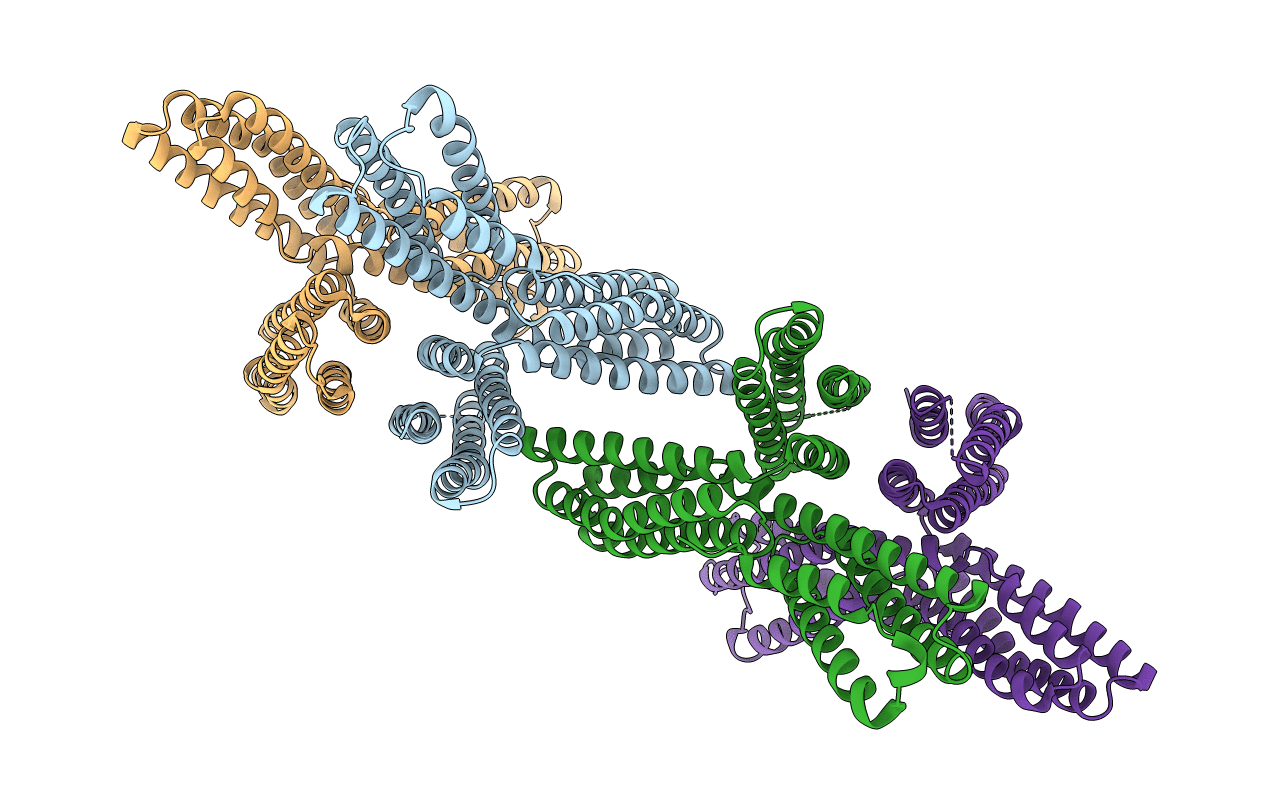
Deposition Date
2017-04-10
Release Date
2018-03-28
Last Version Date
2024-03-27
Entry Detail
PDB ID:
5XFL
Keywords:
Title:
Crystal structure of the force-sensing device region of alpha N-catenin
Biological Source:
Source Organism:
Mus musculus (Taxon ID: 10090)
Host Organism:
Method Details:
Experimental Method:
Resolution:
2.45 Å
R-Value Free:
0.26
R-Value Work:
0.22
R-Value Observed:
0.22
Space Group:
P 1 21 1


